As a photographer who constantly experiments with new ideas and techniques, I have been busy playing around with some unconventional things that you may find in a photographer's kit.
I am interested in creating images that stand out both visually and aesthetically. Sometimes, the only way to make an image stand out is by using an unconventional photography technique. For me, it has to look interesting, one way or another. This may be through placing something in front of the lens or using a weird lighting technique. All in all, here are some of my favorite hacks that I use to make images look interesting.
Colored Glass
This is a recent purchase of mine. I was wondering if this would make a difference or not for quite a long time, and it turns out it does. In fact, it makes a huge difference, and I regret not getting it earlier.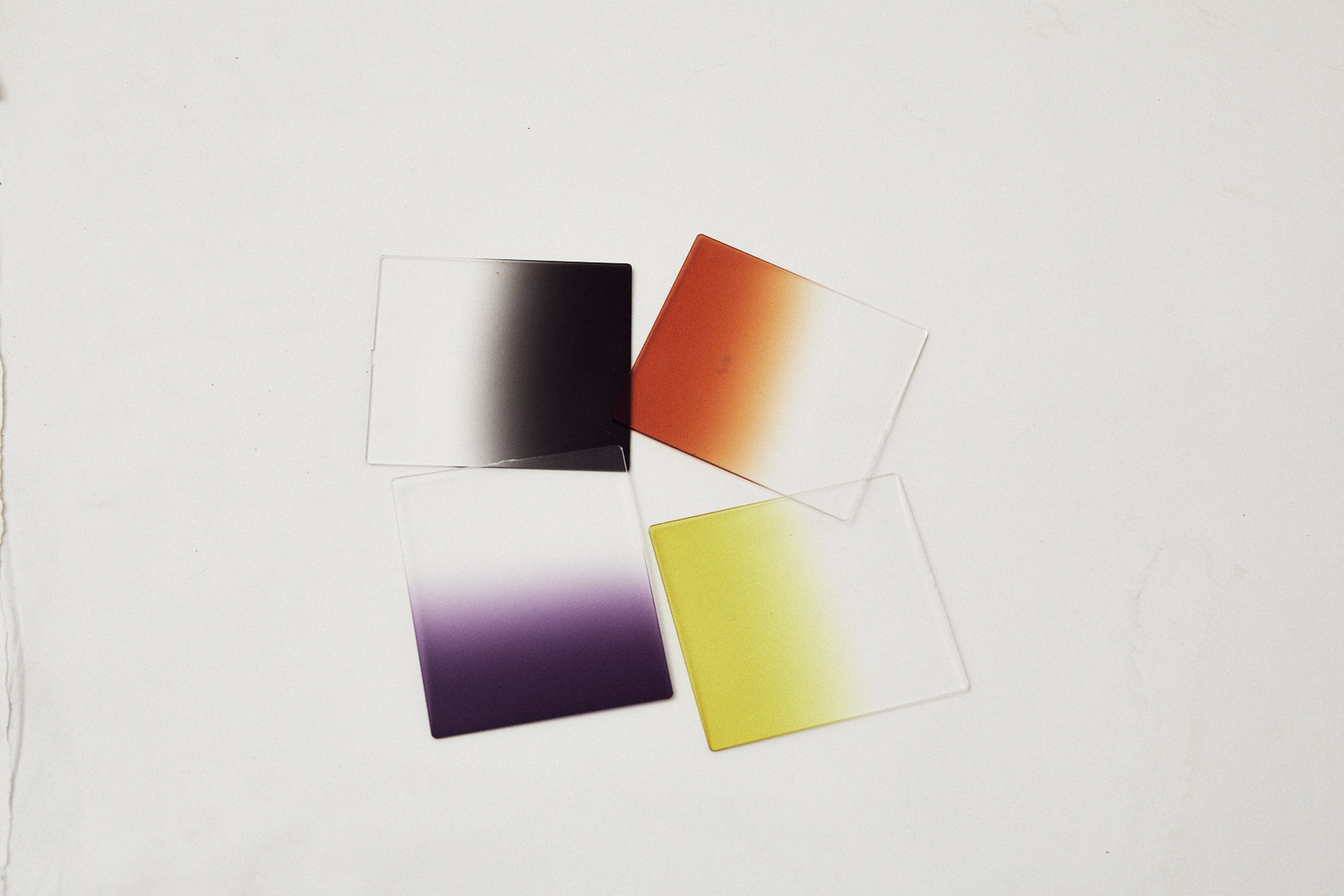
Commonly found in a landscape photographer's kit, this is a collection of rather low-quality gradated stained glass. While negatively affecting technical image quality, this piece of kit makes all the difference visually. You can create gelled light effects with it, play with reflections in the glass, create patterns, and highlight various parts of the image. Below are some images that I took with this piece of gear.
This image had purely white light going in at the start. However, after adding green and blue glass, I made it look a lot more interesting and dramatic.
When working on the street, I often try to find the simplest background possible. However, I am always lacking something when working with simple backgrounds. In this picture, I was playing with the placement of the gradated glass filter in front of my lens until it gave this result.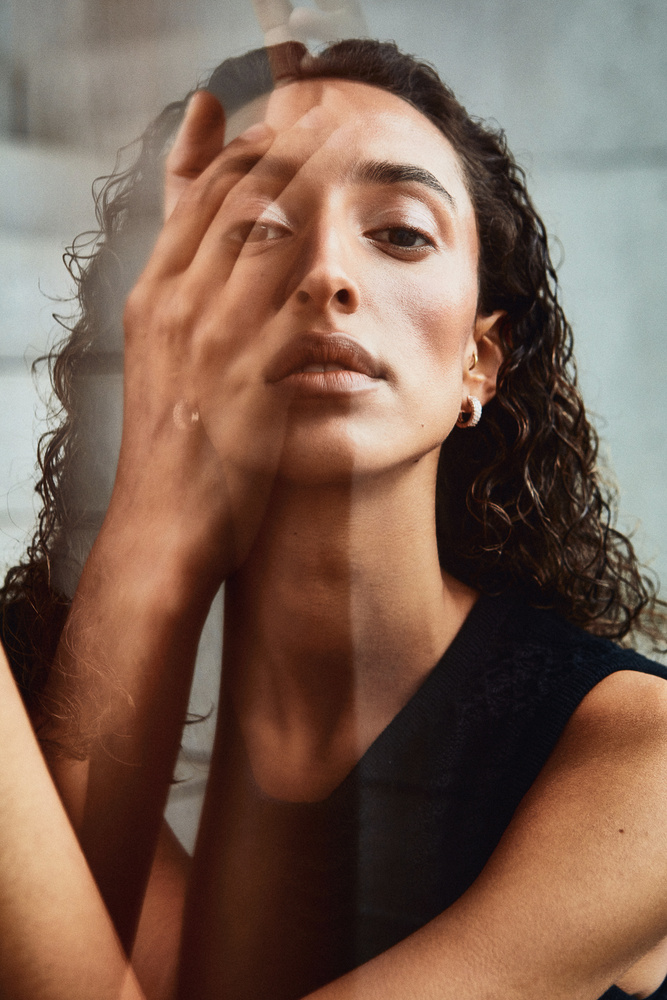
My kit cost me around $30 from Amazon, and I say that it is ample for most photographers. Sure, if image quality is a higher concern for you, go for a more expensive one made from glass. Quality-wise, this is plastic and cheap.
Dragging the Shutter
If you spend any time on Illyaovhcar.com, you will quickly see that I love working with long-exposure photography. It is one of my go-to techniques for creative shoots. Mixing daylight, constant light, and flash in one perfect blend has been something I experimented with for a while now. Simply setting the exposure to something lower than 1/160th of a second in your studio and changing the sync to the second curtain will open up quite a few things. You can play with light patterns, shadows, falloff, and many more. The key is to find out how to pose the subject and what to move and what to keep static in the shot. Here are some examples of things I shot with long exposure.

Flashlights
This goes hand in hand with long exposure techniques. Some time ago, I was gifted a BitLighter. It is essentially a dedolight in a flashlight form. While the one I have is slightly overpriced, it is a cool product nonetheless. That said, some of the functions can be performed with a much cheaper unit from your local Home Depot. The things to look out for when purchasing a flashlight for photography purposes are the ability to change power and focus the beam. If you are tech-savvy, you can even 3D-print custom barndoors for your light, which will make it even better. I love using the barndoors that shipped with the BitLighter. They enable me to create super cool light patterns which would be impossible with other light sources.
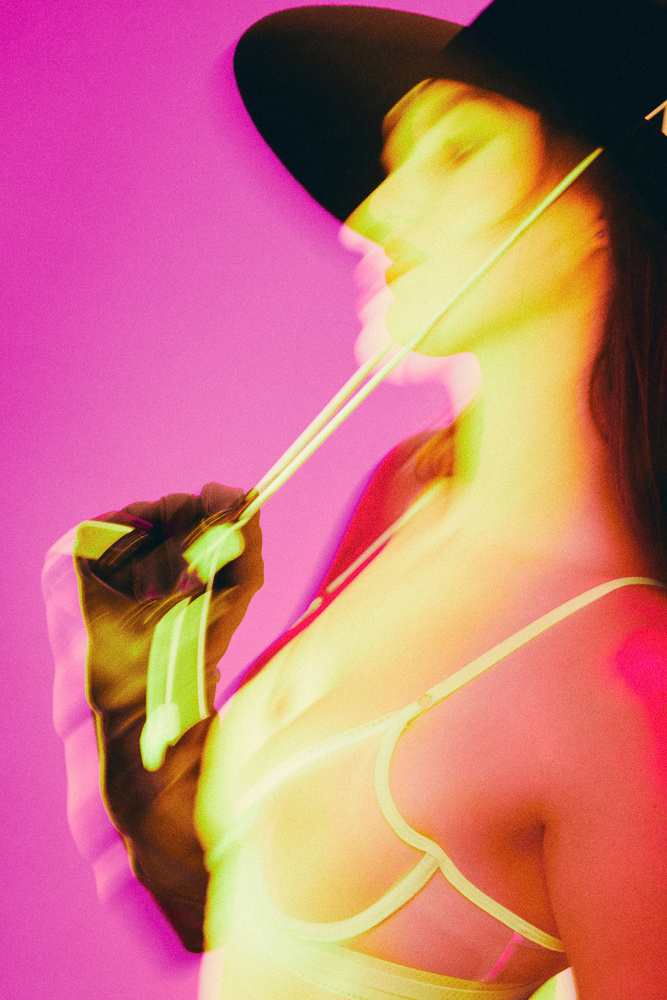
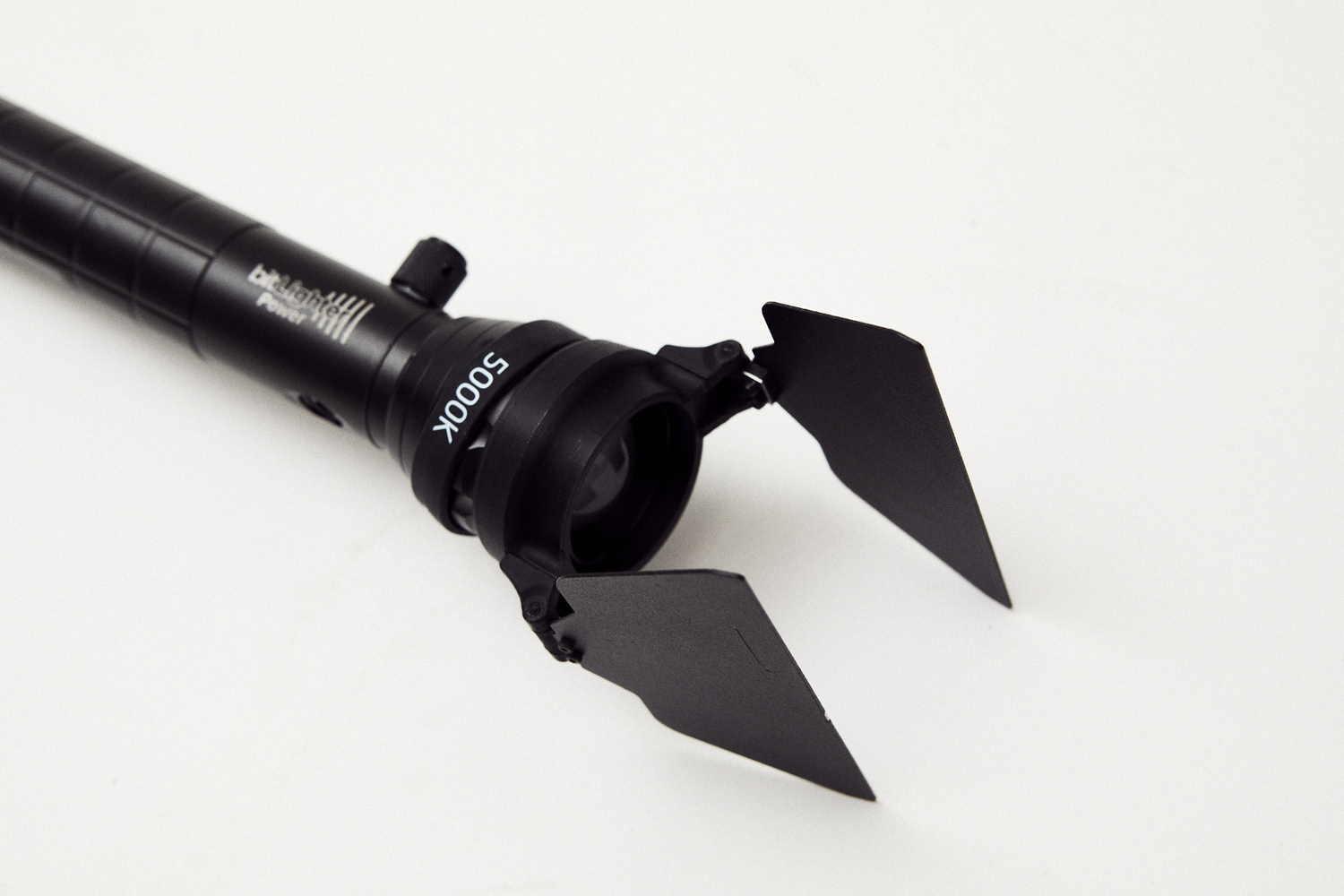
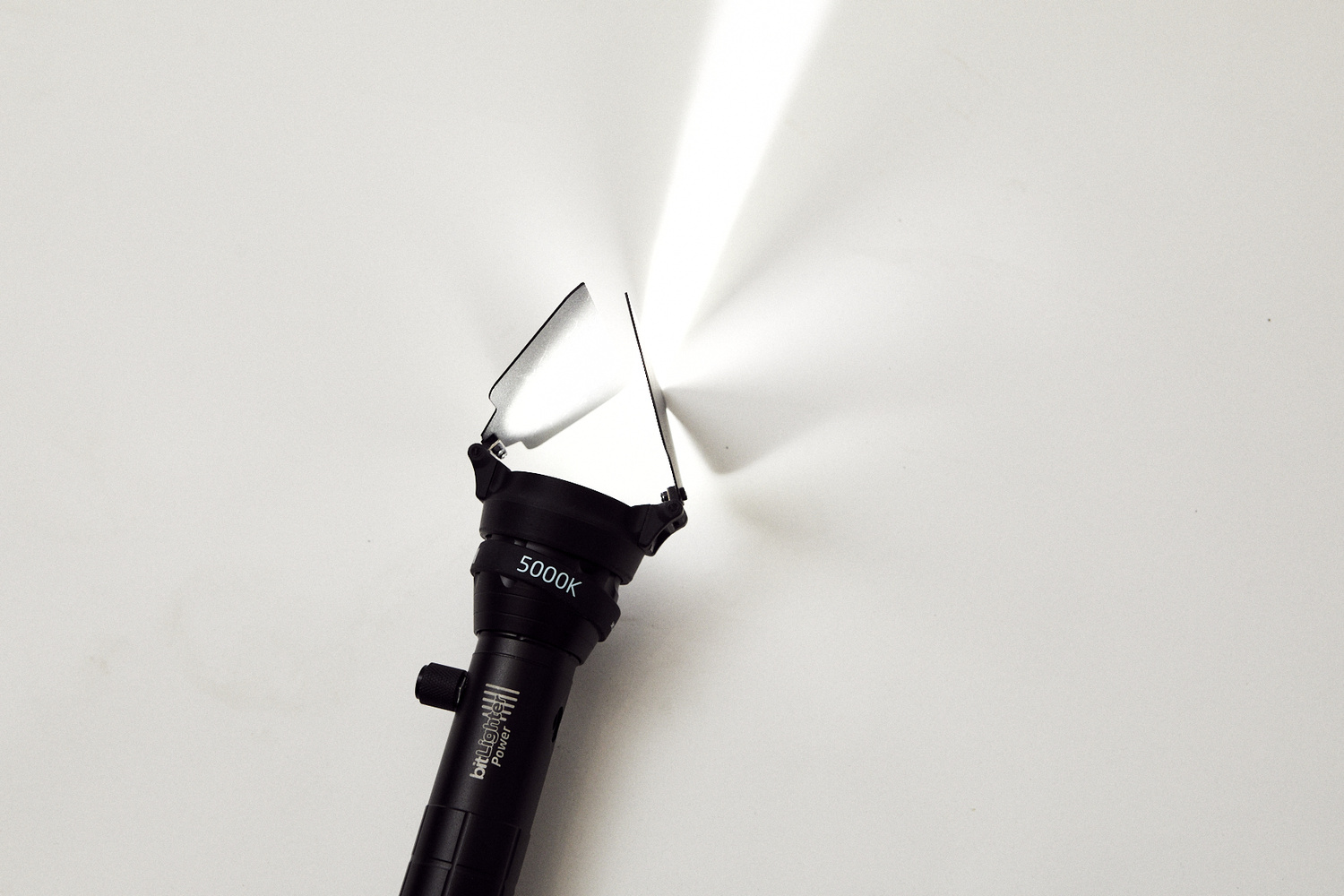
Here are some images I took with the BitLighter and other flashlights as well.
Mirrors
What is a mirror? In essence, it is a highly-reflective surface. What do such surfaces do? Reflect light. The beauty of using mirrors is that they can act as an optical snoot, producing extremely hard light with hard edges while being dirt cheap. Mirrors will reflect the shape of the light they receive, meaning if you create a triangle gobo and put it on a mirror, you will end up getting a triangular light reflection.
When working with mirrors, you need to pay attention to the type of light you are shining into it. My favorite one is the Fresnel, as it concentrates the light beam and makes it harder. That way, I am only illuminating the mirror and nothing else. The downside of using a mirror is that you are complicating things quite a lot. You need to be able to control the distance between the subject and the mirror, as well as the light source and the mirror.
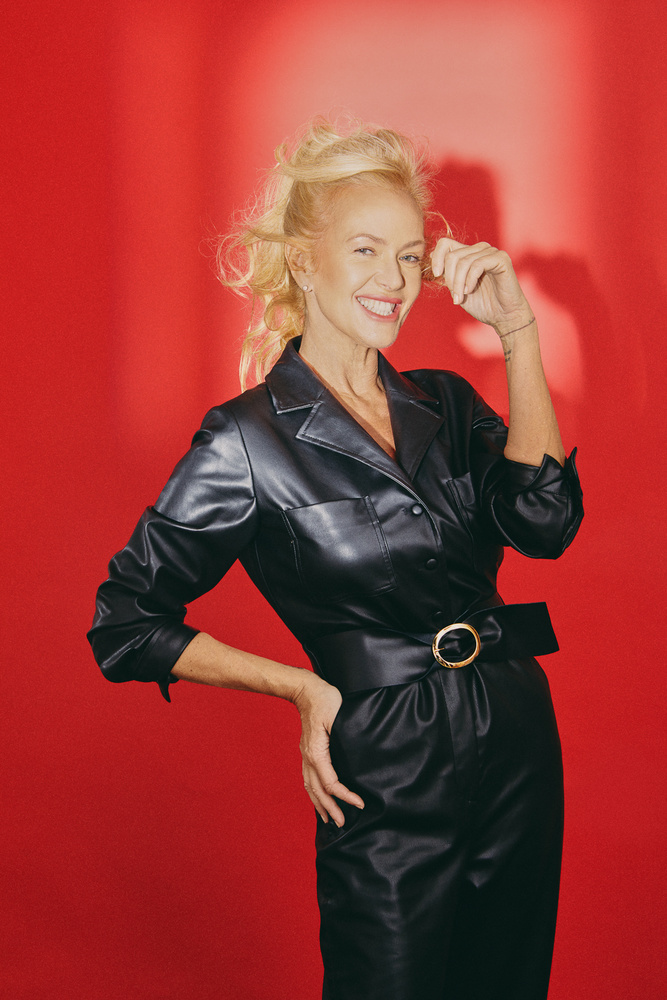
Wind Machines
While a professional photography wind machine costs way more than $100, it can be replaced with a simple ventilator. I have two of these in the studio, and they do the job of an expensive studio wind machine as well. Another useful tool is a leaf blower. While more expensive, this one can be used to create stronger, more directed wind gusts.
A technique I often use in portrait photography, the wind is great for adding drama and movement. Sometimes, your subject will simply be static and won’t move all that great. I had this problem far too many times, and now instead of asking the subject to move, I simply make them move by blasting wind.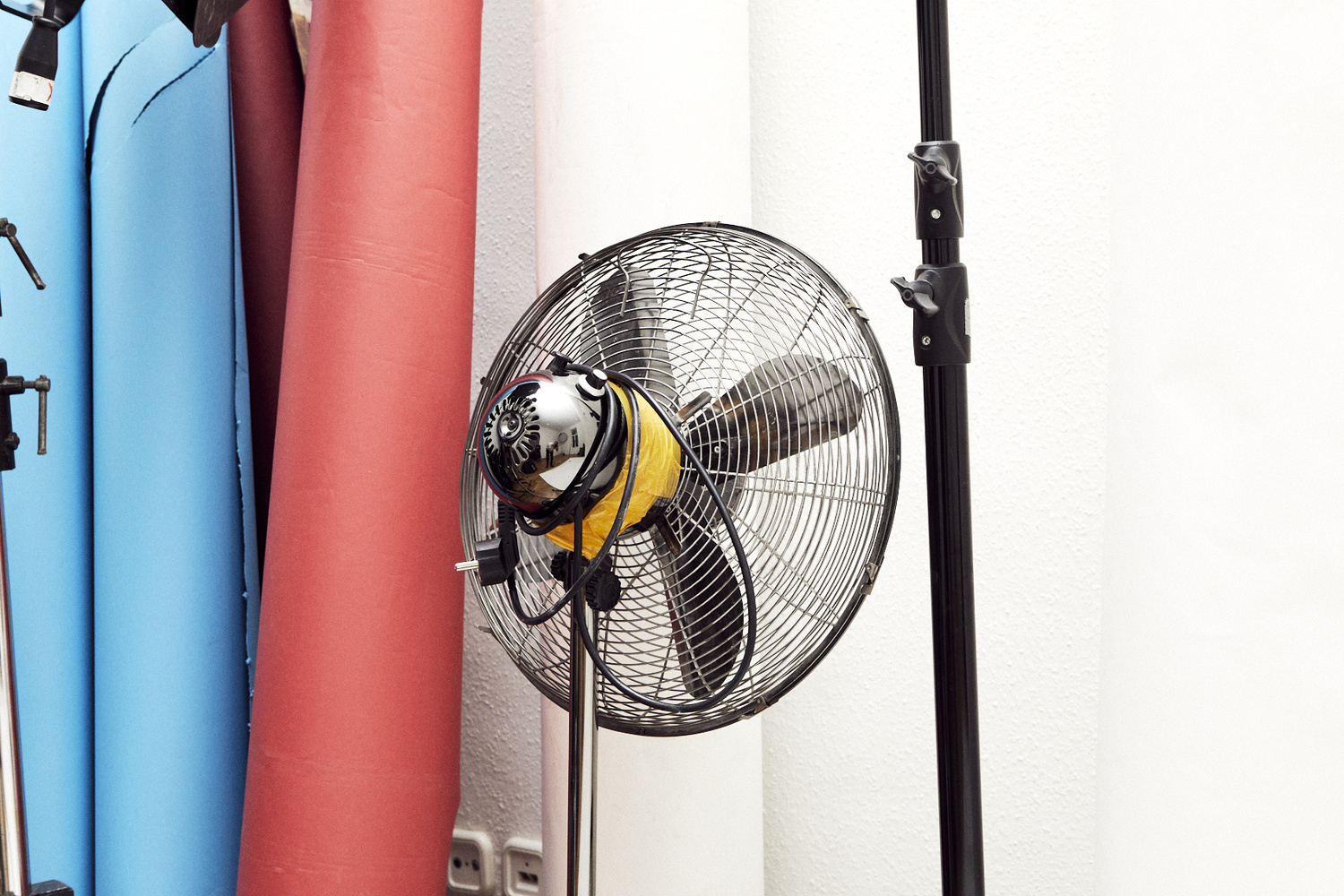
Not only are they great for introducing movement in your pictures. they can also be fantastic for giving volume to hair, introducing emotion, and making the image more interesting. This isn’t only true for creating movement in the hair, as the wind can also move clothes in an incredible way. For example, light fabrics such as chiffon can move incredibly freely with the help of wind. From there, you can use blur to create smooth patterns or go in the opposite direction and freeze the motion with flash.
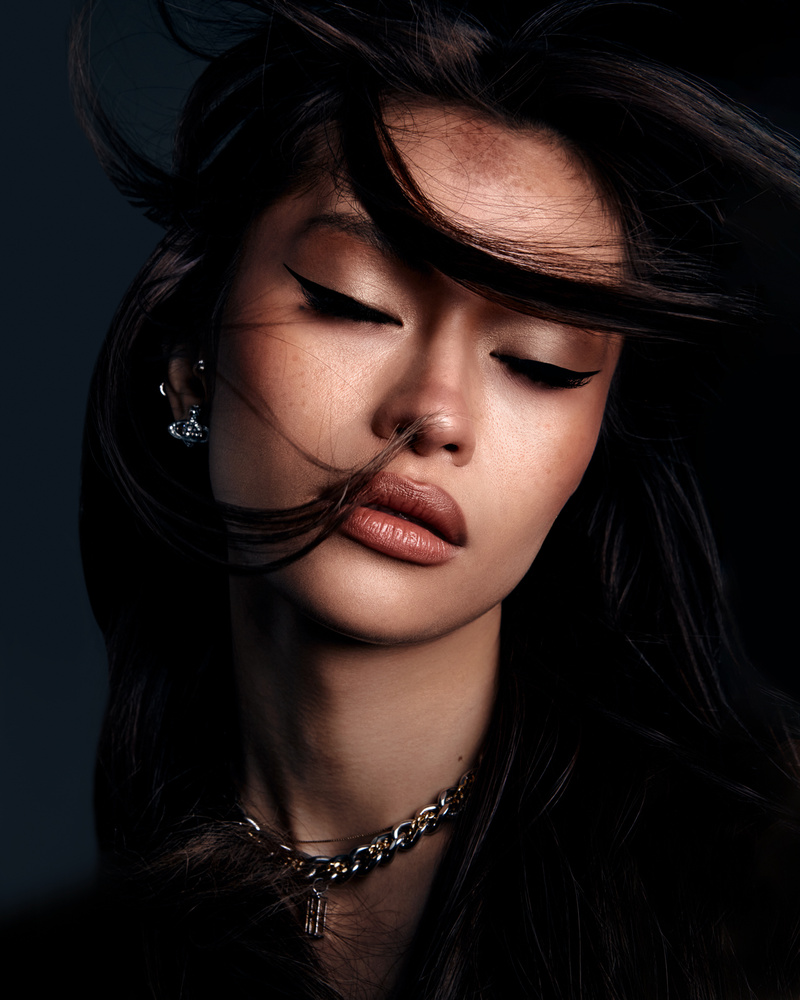
Closing Thoughts
So there you have it, my favorite hacks to use in photographing people and beyond: stained glass, wind machines, flashlights, blur, and mirrors. All cost under $100, and some are free if you take a look in your storage room.
What are your favorite on-set hacks? Let us know in the comments below!







- Bluetooth speakers
- Rolling desk stool (less back pain)
- Smart home plugs with voice control (to control non-strobe lighting or appliances)
- electric heater (models are always cold)
- fog machine